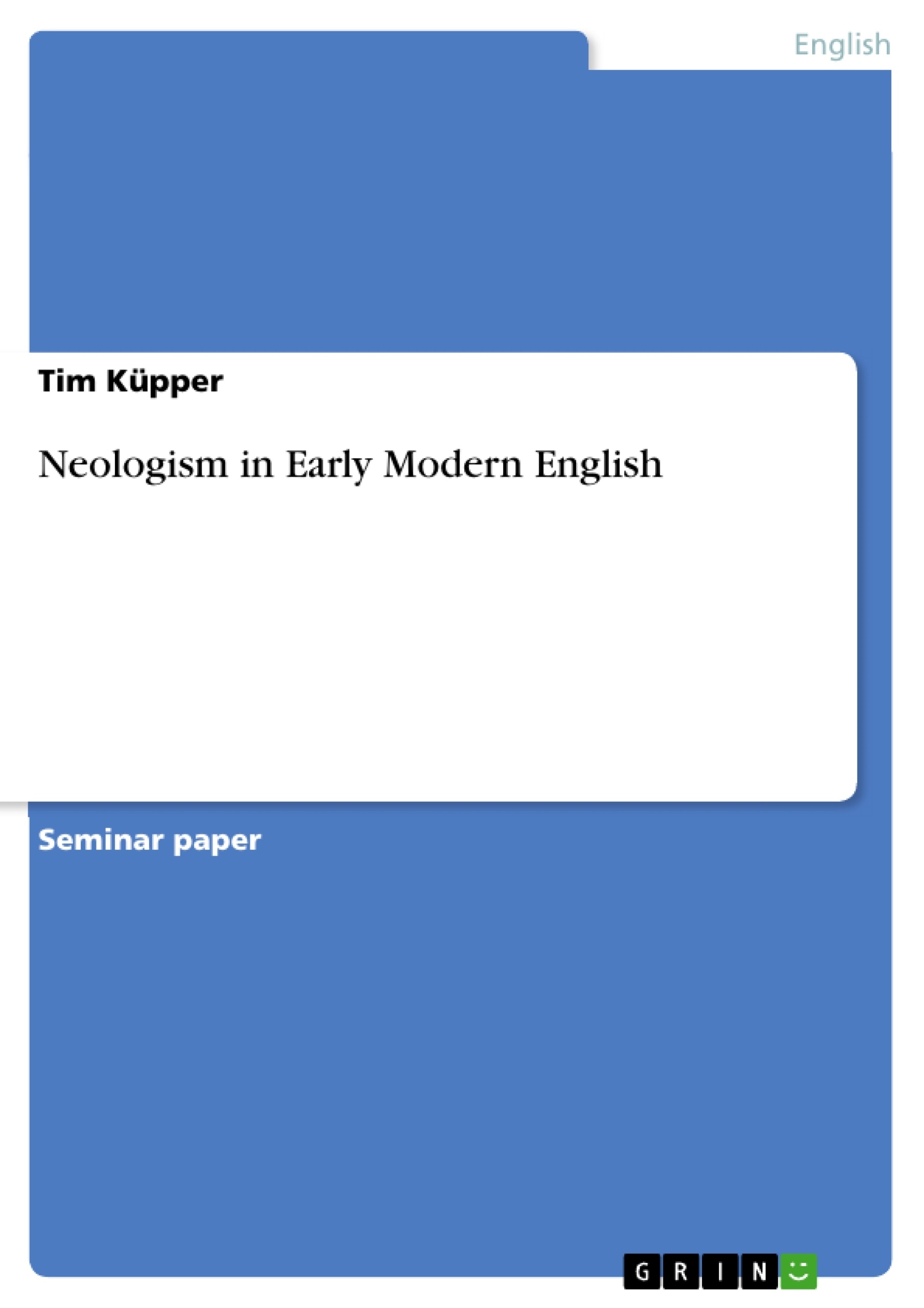1. Introduction
Since mankind uses language it formed sentences to communicate. Therefore it is necessary to put words together in a meaningful way. “But although a word is a unit which is familiar in our culture, the notion that it has an internal structure is not.” (Matthews 1974 : 9). That is where morphology comes in. Being a Professor of Linguistics at the University of Cambridge Peter Matthews published his well known book ‘Morphology’. It is about his thoughts and results of research in that concern.
What is morphology? Morphology is beside syntax, semantics and phonology and phonetics one major subfield of linguistics. Its origin is in nineteenth century as the first reference for morphology in the Oxford English Dictionary was in the 1860s. It deals with the word itself. That means morphology is about forms of words in different uses and constructions. It is divided into subfields like lexical or inflectional morphology. Lexical morphology is concerned with relations among lexemes such as compounding whereas inflectional morphology deals with paradigms which show a lexeme in terms of categories like Singular and Plural.
This term paper is to regard both subfields of morphology in reference to creating new words (neologisms) in the Early Modern period. It is beside from borrowing aiming a special aspect of word structure namely word-formation because this two means represent the most significant ways out of which many neologisms arose.
But what is it that makes words and their structure or formations so interesting? Words help us to express ourselves. We produce them every day. So everybody is involved in that concern. I personally have never asked before where all these words that we use more or less every day have come from. That is one reason for writing this term paper. I have chosen the Early Modern period because this time enlarged the English lexicon extremely: “An examination of the language itself shows that the period was indeed one of great vocabulary expansion...” (Barber 1976 : 219). Moreover it is to be presented what kind of words came up and whereby they occurred in that time.
Inhaltsverzeichnis (Table of Contents)
- Introduction
- Significant historical processes
- What is a word?
- Shakespeare's word usage
- Neologisms
- Sources of neologisms
- Loan words
- Loans from Latin
- Word-formation
- Affixation
- Compounding
- Conversion
- Conclusion
Zielsetzung und Themenschwerpunkte (Objectives and Key Themes)
This term paper explores the creation of new words, or neologisms, in Early Modern English, focusing on the period between 1500 and 1700. The paper examines the historical context of this period, particularly the influence of the Renaissance and the rise of printing, as well as the significant role played by William Shakespeare. It then delves into the morphology of words, exploring the various means by which new words were formed during this time, particularly through word-formation processes such as affixation, compounding, and conversion.
- The historical context of neologisms in Early Modern English
- The influence of the Renaissance and printing on language change
- The role of William Shakespeare in shaping the English lexicon
- The processes of word-formation in Early Modern English
- The impact of neologisms on the development of the English language
Zusammenfassung der Kapitel (Chapter Summaries)
- Introduction: This chapter introduces the concept of morphology and its relevance to understanding the formation of words, particularly in Early Modern English. It highlights the period's significant impact on the expansion of the English lexicon and sets the stage for exploring the processes of neologism creation.
- Significant historical processes: This chapter delves into the key historical events and figures that shaped the English language in the Early Modern period. It highlights the influence of the Renaissance, the introduction of the printing press, and the role of William Shakespeare. The chapter also discusses the impact of colonial expansion on the growth of the English lexicon.
- What is a word?: This chapter explores the complex nature of the concept of a word, differentiating between orthographic words and dictionary entries. It examines the challenges of defining a word based on its written form or spoken form, and introduces the concept of word-formation as a key factor in the creation of new words.
Schlüsselwörter (Keywords)
This term paper explores the concept of neologism, specifically focusing on the creation of new words in Early Modern English. The study examines the impact of significant historical processes, such as the Renaissance and the rise of printing, on language change and the expansion of the English lexicon. It delves into the morphology of words, analyzing the different processes of word-formation, including affixation, compounding, and conversion, that were instrumental in enriching the language during this period.
- Quote paper
- Tim Küpper (Author), 2007, Neologism in Early Modern English, Munich, GRIN Verlag, https://www.grin.com/document/173252



